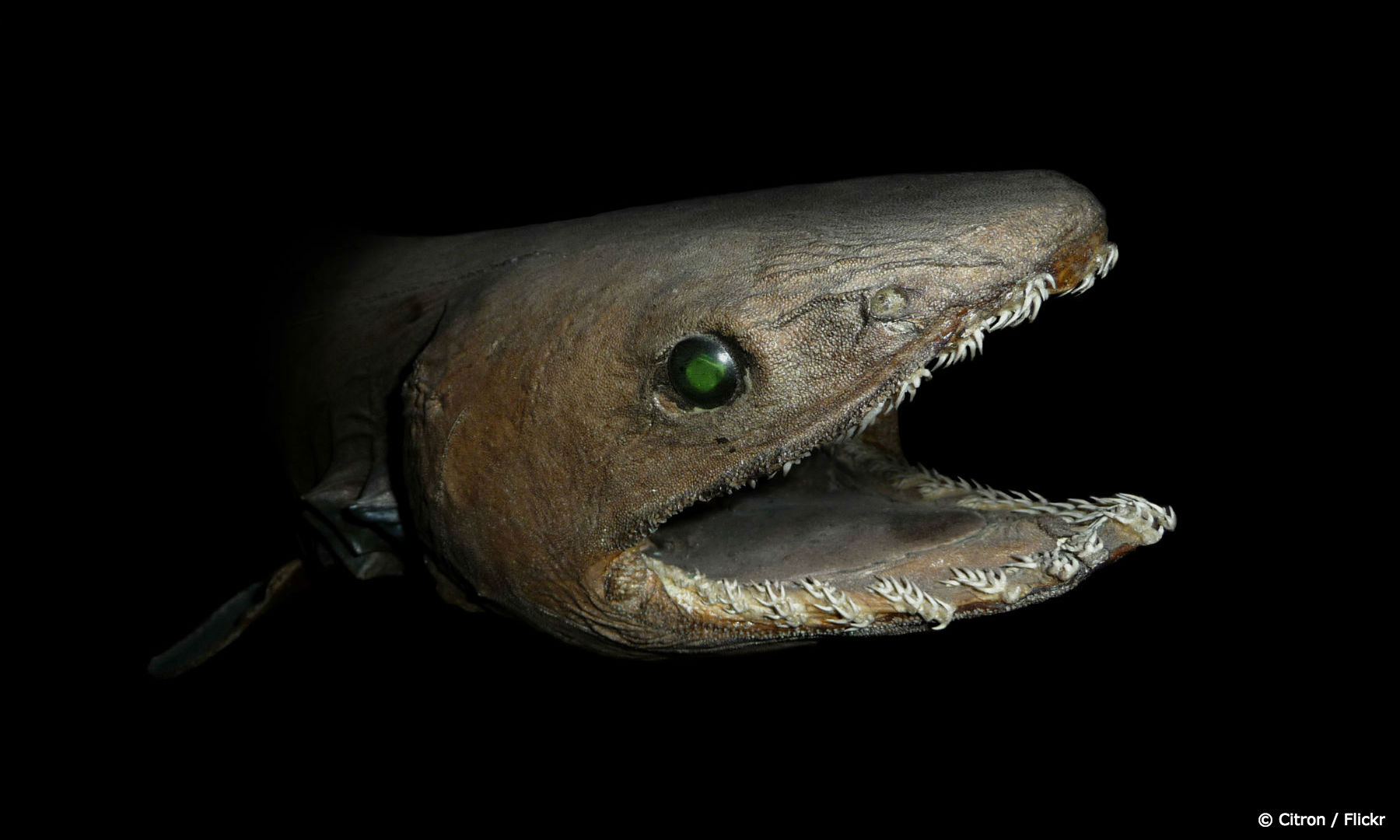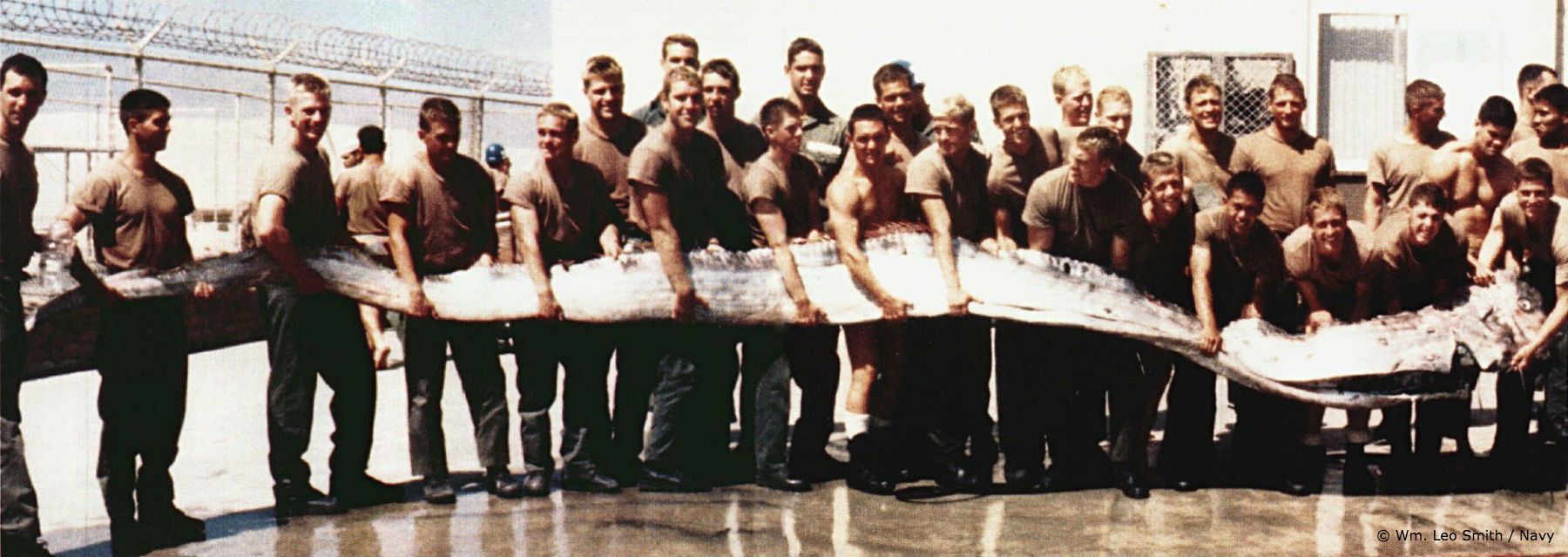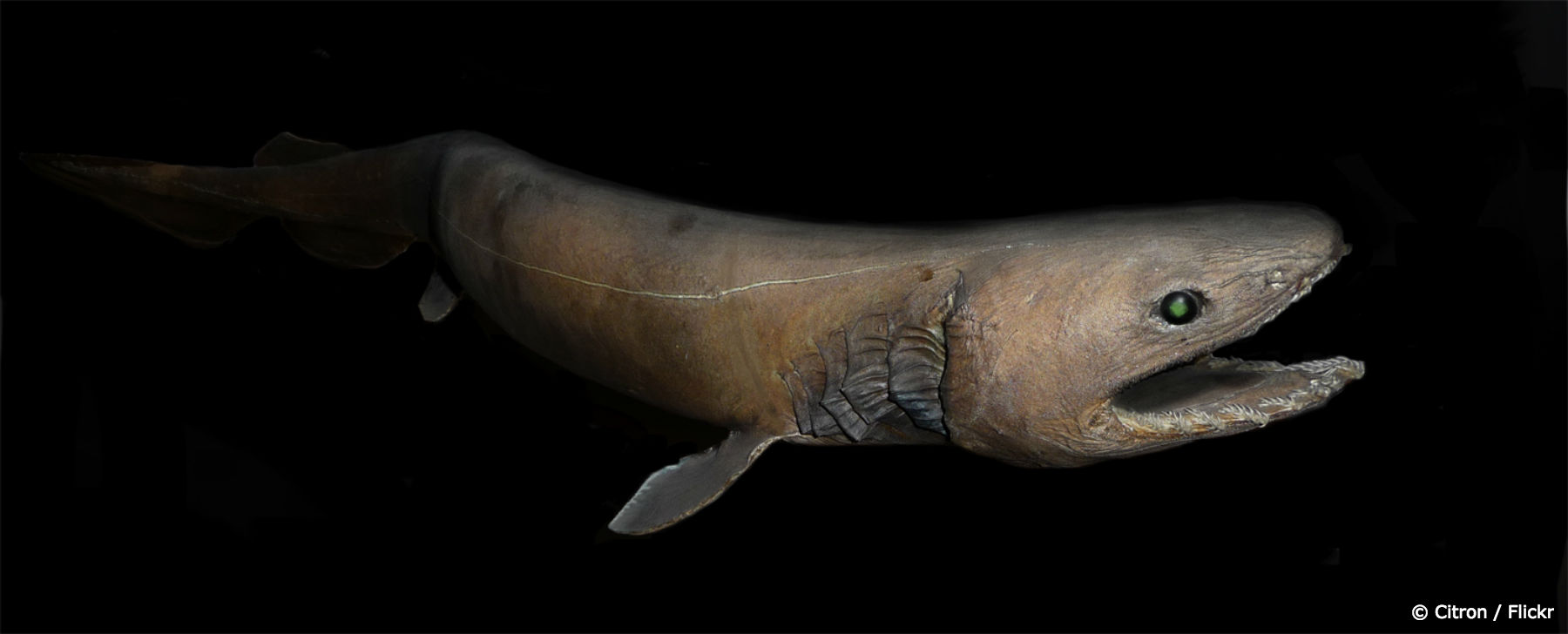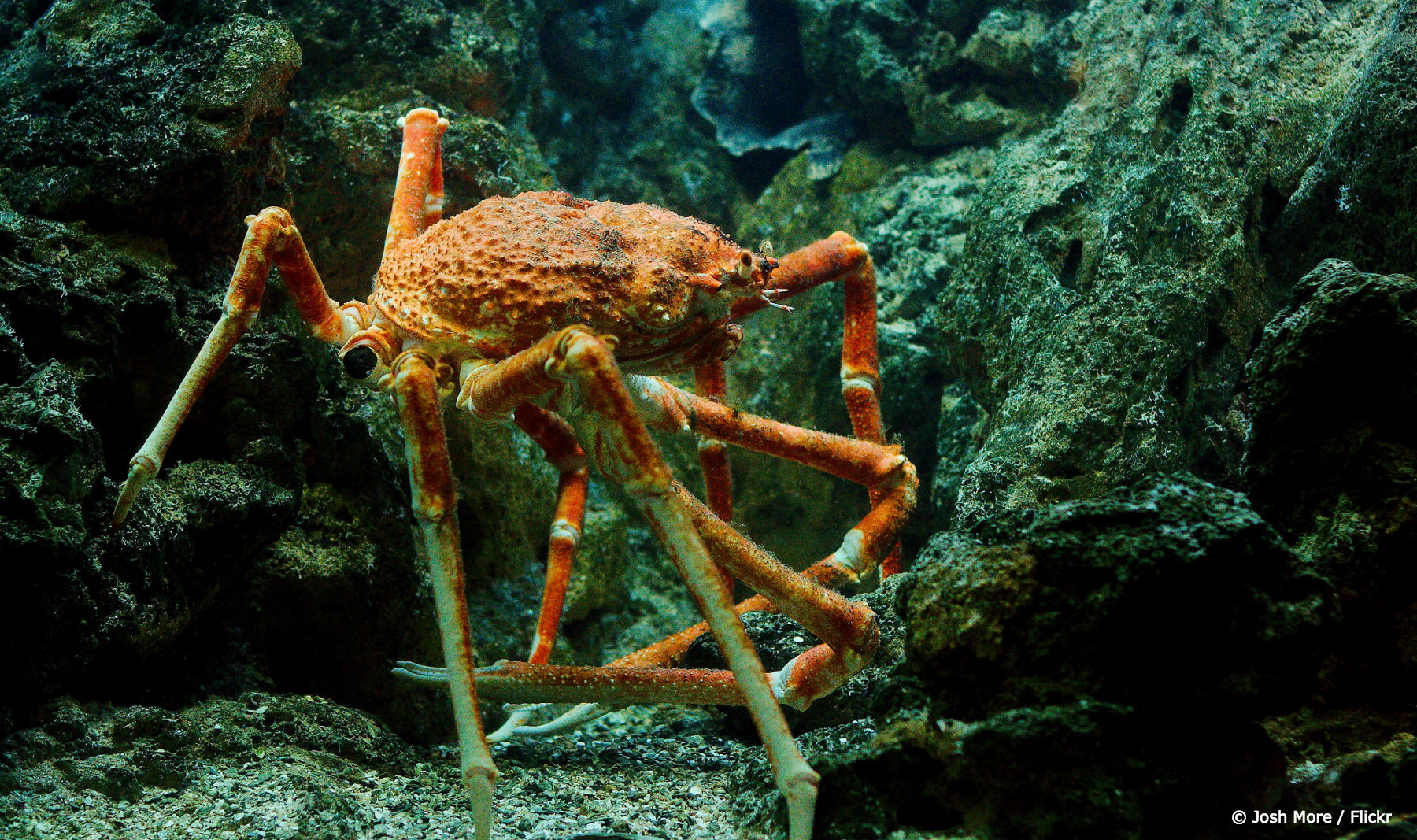4 Mysterious Sea Creatures You’ve (Probably) Never Heard Of

The ocean is full of surprises. Like last week, when a giant, decomposing animal washed up on the shore of an Indonesian island, puzzling locals and scientists alike (it was later determined to be a whale but for a while had everyone freaked out). But considering the ocean covers 70% of the earth’s surface, it’s surprising we don’t experience these strange animal encounters more often.
Here are four ocean species to remind you just how cool and mysterious the ocean can be.

Handfish
True to its name, the handfish’s defining characteristic is its “hands”. Related to the anglerfish and frogfish, the handfish has modified pectoral fins that allow them to walk rather than swim along the ocean floor (and, yes, the fins really do look like human hands). Handfish move relatively slowly but likely contain a toxin in their skin to deter predators from what might otherwise be easy prey. There are 14 known species of handfish, all found in the shallow waters off of Australia and Tasmania. Trippy fish, ‘just saying.

Giant oarfish
Oarfish are the closest thing you’ll find to a real-life sea serpent. Found in deep waters, they are rarely seen by humans and potentially frequent depths down to 3,300 feet below the surface. They are freakishly massive for a fish: in fact, they are the longest known species of bony fish (some cartilaginous fish (sharks) like whale sharks can be longer), reaching up to 600 pounds and 56 feet in length. Despite their size, they favor small plankton that they catch by filtering water through their gill rakes. Occasionally, an oarfish will wash up on shore and make headlines, but for the most part they’re rarely seen by humans. Good thing as these creatures are what nightmares are made of.

Frilled shark
The frilled shark is a primitive-looking animal that resembles an eel as much as it does a shark. Much smaller than oarfish, they can grow up to six feet long. The shark gets its name from six pairs of “frilly” gills on its side. They swim in a serpentine manor, and have rows of needle-like teeth that they use to snag squid and other fish. Because of the shape of their jaws, frilled sharks can swallow prey up to half their size. While little is known about the details of their life history, as they live in very deep waters, this shark can reach depths up to 3,800 feet. There are two species of frilled shark, one of which was only discovered in 2009 off the coast of southwest Africa. Count yourself lucky if you get a chance to see one just keep your hands and feet away from its mouth.

Japanese spider crab
This isn’t your average crustacean—these giant crabs can grow to twelve feet wide and weigh up to 44 pounds. Found in the Pacific Ocean around Japan, they live at depths up to 2,000 feet but migrate to as shallow as 160 feet to reproduce. Their tough exoskeleton not only helps protect them from predators, it also serves as camouflage. They’ll “decorate” their shells with small anemones and other animals to blend in with the sea floor. They are the largest known species of crab, and when they gather in large groups it can be pretty freaky. I’ve got serious arachnophobia; Japanese spider crabs certainly don’t make it any better!
These are just a few of the very cool but rarely seen creatures from the deep. But despite their rarity, they have been well-described by scientists. With less than 5% of the ocean explored by humans, it makes you wonder what else might be lurking out there?